40+ Sample Strategy Map
-
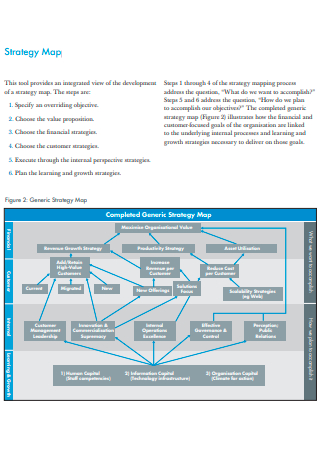
Strategy Map Template
download now -
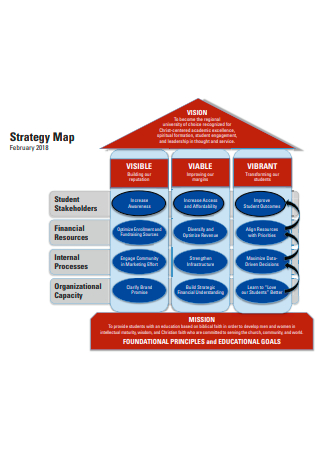
Strategy Map Example
download now -
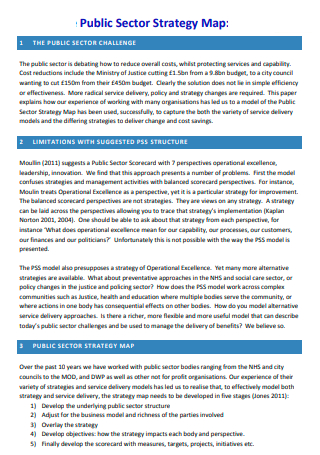
Public Sector Strategy Map
download now -
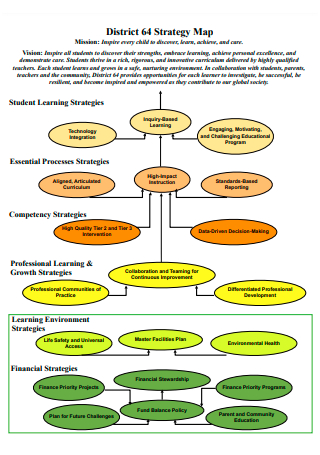
District Strategy Map
download now -
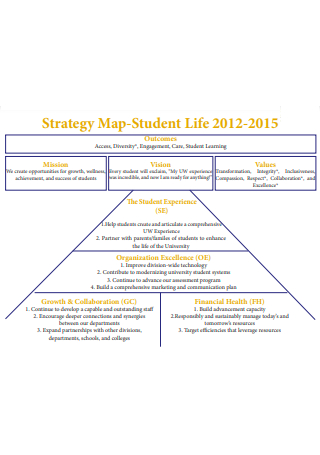
Student Life Strategy Map
download now -

Local Strategy Map
download now -
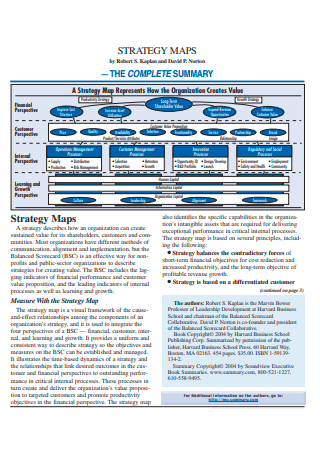
Strategy Map in PDF
download now -
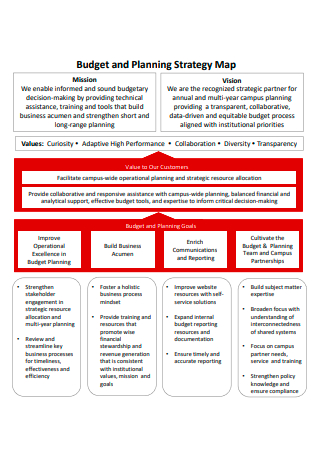
Budget and Planning Strategy Map
download now -

University Strategy Map
download now -
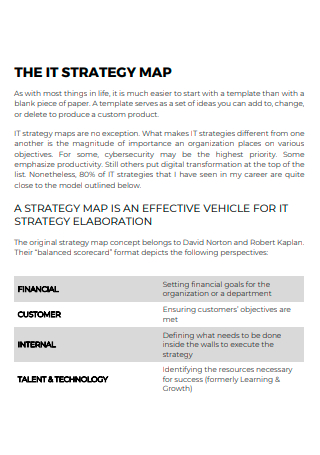
Printable Strategy Map
download now -

Government Strategy Map
download now -
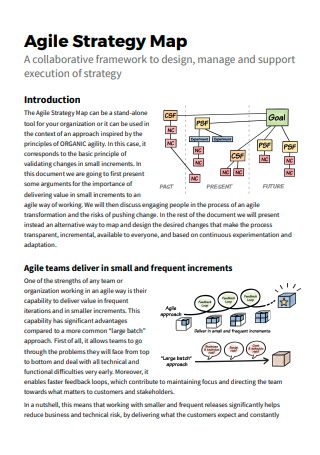
Agile Strategy Map
download now -
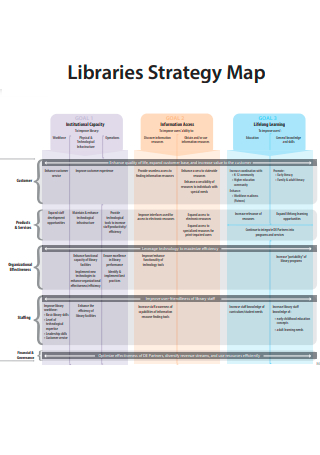
Libraries Strategy Map
download now -

Strategy Map Framework
download now -
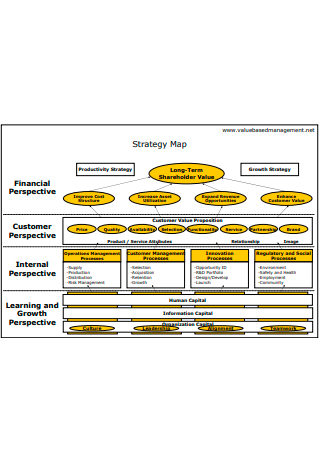
Basic Strategy Map
download now -
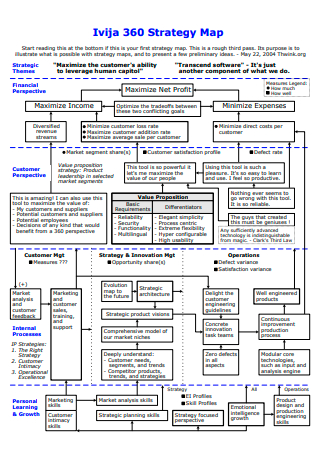
Strategy Map Format
download now -
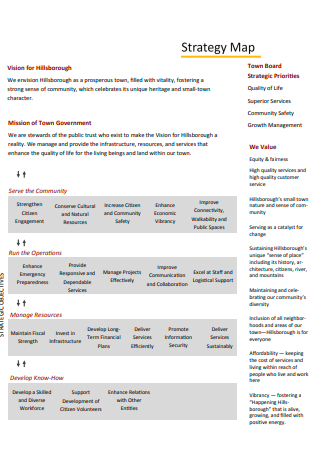
Standard Strategy Map
download now -
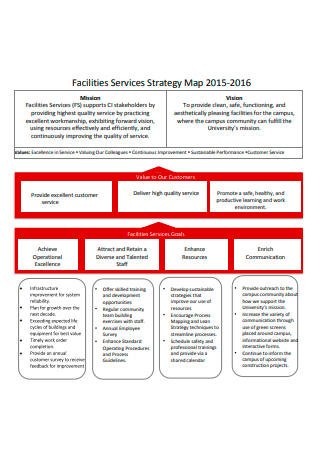
Facilities Services Strategy Map
download now -
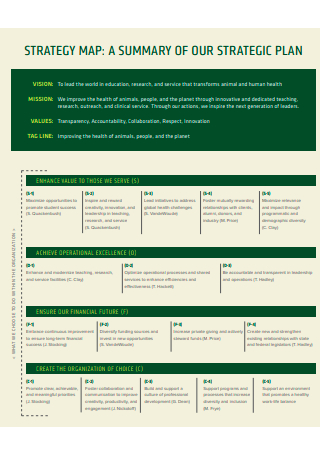
Strategy Map Plan
download now -

Applicant Experience Strategy Map
download now -
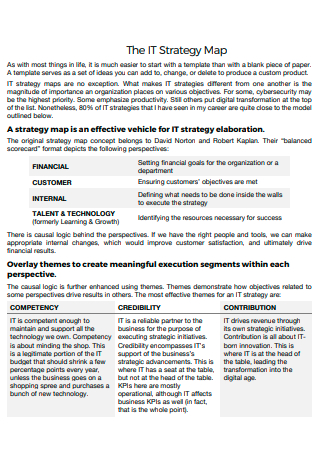
IT Strategy Map
download now -
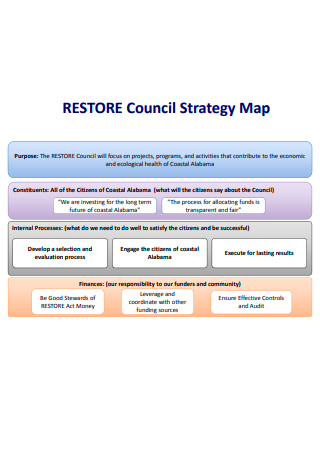
Restore Council Strategy Map
download now -
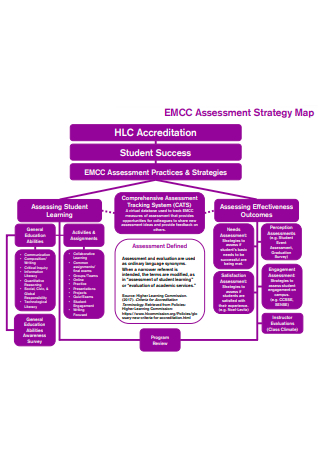
Assessment Strategy Map
download now -
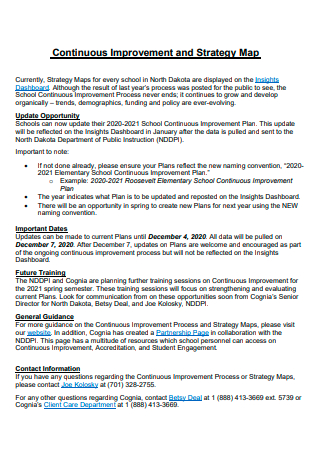
Continuous Improvement and Strategy Map
download now -
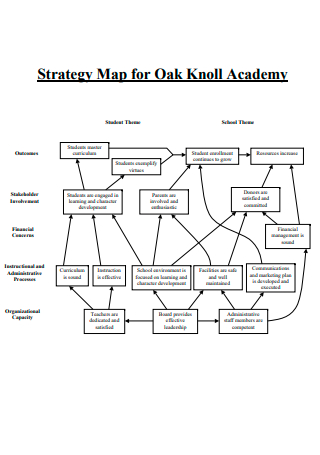
Academy Strategy Map
download now -
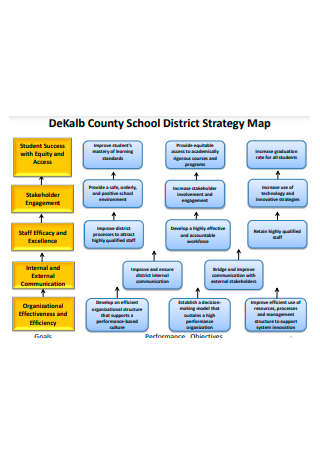
School District Strategy Map
download now -
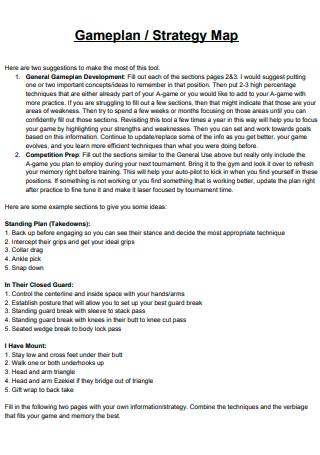
Game Plan Strategy Map
download now -
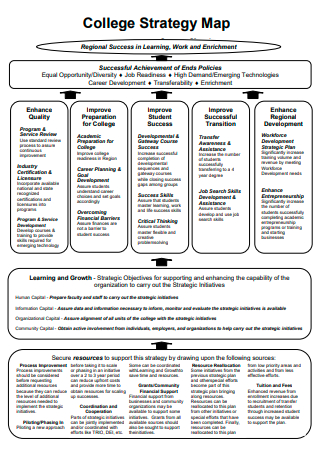
College Strategy Map
download now -
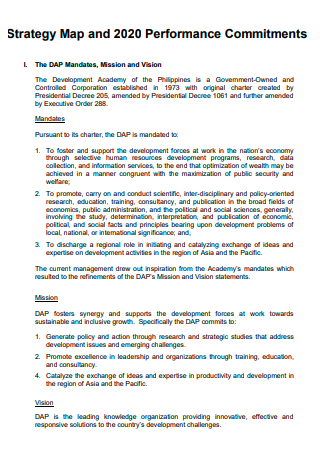
Strategy Map and Performance Commitments
download now -
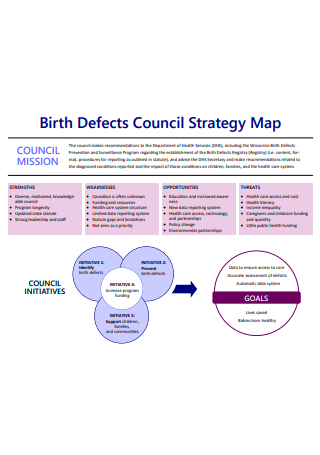
Birth Defects Council Strategy Map
download now -
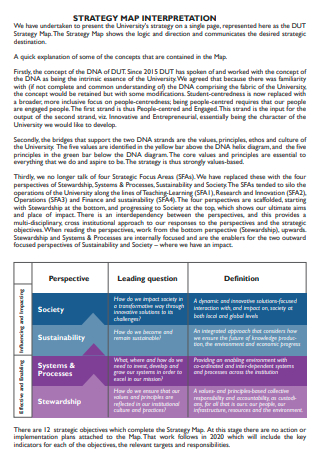
Strategy Map Interpretation
download now -
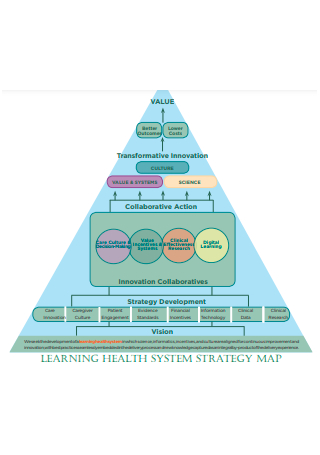
Learning Health System Strategy Map
download now -
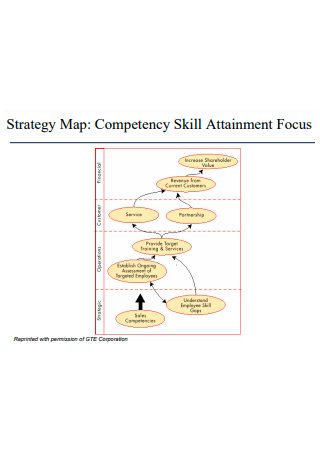
Competency Skil Attainment Focus Strategy Map
download now -
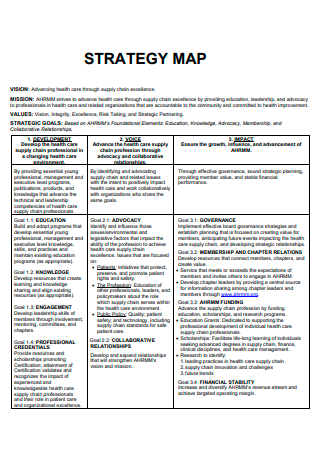
Formal Strategy Map
download now -

Story Strategy Map
download now -

Library Strategy Map
download now -
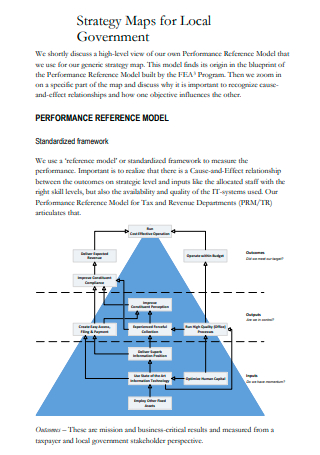
Strategy Map For Local Government
download now -
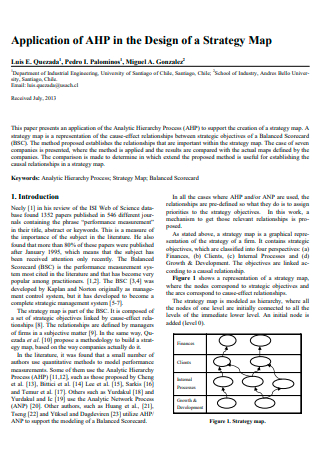
Design of a Strategy Map
download now -
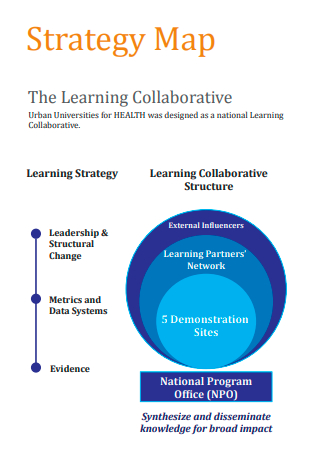
Sample Strategy Map
download now -
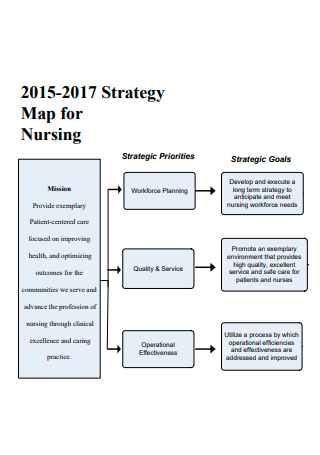
Strategy Map For Nursing
download now -
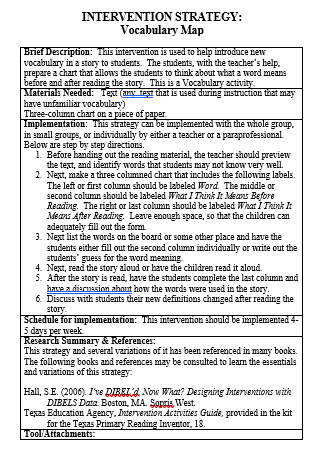
Intervention Strategy Vocabulary Map
download now -
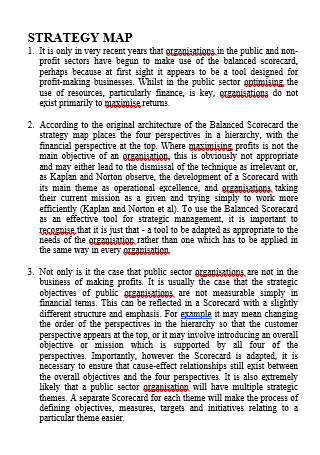
Strategy Map in DOC
download now
What Is a Strategy Map?
A strategy map is a professional tool that helps to clarify and communicate a company’s organizational goals and strategies. It is much like a strategic plan, only it is a more condensed visual representation of it.
According to an online article by LinkedIn, a traditional strategy map zeroes in on four key areas of business performance. These areas are known as perspectives. The four perspectives of a strategy map are financial, customer, internal business process and learning and growth.
Who Can Use Strategy Maps?
Strategy maps can have various uses. It can be used across most disciplines and sectors. From small enterprises to established conglomerates, a strategy map can easily be modified to suit any organization. The following examples describe some of the most common sectors where a strategy map would be useful.
Tips For Creating a Strategy Map
A strategy map may come in different shapes and forms; it also greatly depends on the needs of the organization. Each field or industry is different and a strategy map would need to be modified to suit each particular industry. However, the following examples are just some general tips on how to come up with an effective strategy map, regardless of field.
How to Create a Strategy Map
To create a strategy map, you need to first determine what kind of strategic map you are plotting. Content would highly depend on the type of map. Whether it is a small business strategy map or a marketing strategy map, you can save a lot of time by using a ready-made template. Simply browse the selection above, select a sample template and follow the basic steps below.
Step 1: Decide on a Format
The great thing about a strategy map is that it is both versatile and practical. It allows you to get creative while still retaining functionality. Before you start brainstorming the contents of your strategy map, you need to determine the format or structure of the map. This can vary depending on the logical flow of your ideas and plans. It helps to create a narrative or to craft a story by using the map itself. A strategy map’s basic goal is to create associations and establish cause-effect links. When deciding on a format, the main thing to keep in mind is incorporating a format that is organized and enables you to tell a clear and logical story.
Step 2: State Your Mission and Vision
After deciding on a format, come up with a mission and vision statement. This will set the stage for your strategy map. Usually, a company or organization already has a mission statement and vision statement contained in their organizational plan or business plan. This must be reiterated in your strategy map. It is important to remind team members of the main purpose of why a strategy map is needed in the first place. Essentially, any strategic plans for improvement and development is supposed to reflect the mission and vision of the organization. They are intrinsically linked and therefore, cannot be separated from the other.
Step 3: Identify Core Values
Aside from the mission and vision statements, another key aspect of a strategy map is identifying core values. Any organization should be guided by its core values. Whether it is innovation, excellence, empowerment, or diversity, these should be incorporated within a strategy map. For example, a strategy map may serve as a guide for systems and processes but behind all these is a core value that influences strategic planning and decision-making. You cannot formulate effective strategies and plans without first determining the principles that drive the company.
Step 4: Establish Links
Once you have a format or structure in place, proceed to plot the different plans and objectives in your strategy map. A key characteristic of a strategy map is that it establishes links that connect various ideas and goals. Thus, it is important to highlight or emphasize the correlation between points. This can only be achieved if there is a logical flow of ideas. One tip is to arrange your strategy map in such a way that there is a rational transition from one point to the next. If you are unsure how to go about this, refer to any of the sample templates above. The collection above features a number of predesigned strategy maps designed for your use.
FAQs
What is meant by strategic mapping?
Strategic mapping involves describing and explaining the objectives, processes and strategies of an organization using graphics similar to that of a mind map or flowchart.
What is a strategy mapping process?
The strategy mapping process describes the correlation and association between various strategic objectives of a company or organization.
What is the importance of a strategy map?
A strategy map is an effective tool in communicating an organization’s strategic objectives and goals. Since it is a map, the visuals and graphics may even help improve comprehension and understanding.
A strategy map can be an efficient way of communicating organizational objectives and strategies if it is done correctly. As much as possible, you want a detailed map that paints a clear picture of your strategic objectives. Browse the sample templates above and start customizing your own map today!
